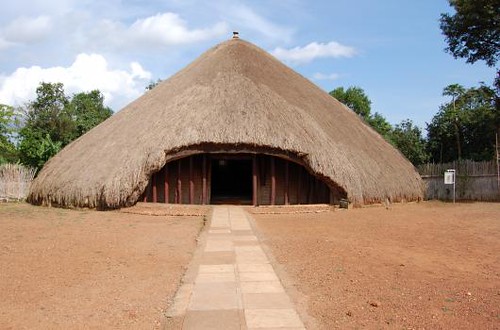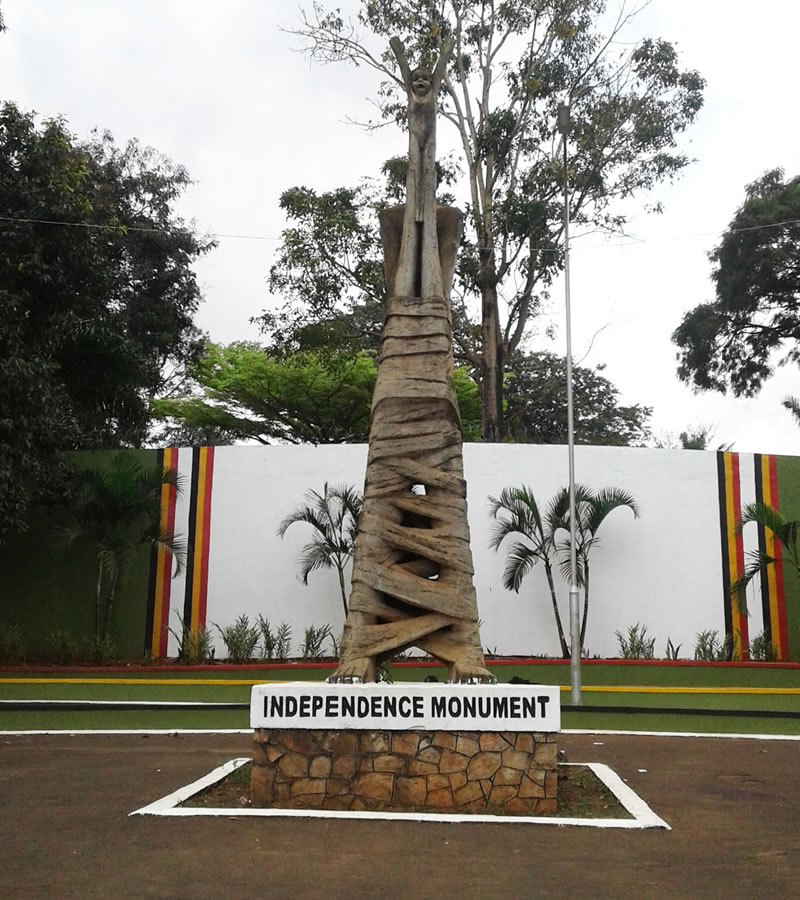Historical Monuments and Museums in Uganda
Historical monuments are structures specifically created to commemorate either a person or an event, to remember a historical incidence related to either that person or that event. The word “Monument” comes from a Latin word ”monere”, meaning to “remind” or “to advise”.
On the other hand however, a museum is an institution that cares for a collection of artifacts and other objects of artistic, cultural, historical, or scientific importance. Some public museums make them available for public viewing through exhibits that may be permanent or temporary. Most large museums are in major cities throughout the world and more local ones exist in smaller cities, towns and even the countryside.
Therefore, museums have varying aims, ranging from serving researchers and specialists to serving the general public. The goal of serving researchers is increasingly shifting to serving the general public. So, in Uganda, the major public museum is the Uganda museum located in Kampala, and other small or local museums in the different parts of the country.
The Independence Monument

Built by Gregory Magoba, one of Uganda’s first professional sculptors by then; in the heart of Kampala and about six metres tall; this monument was unveiled on October 5, 1962. It was just four days before independence by then Prime Minister Sir Apolo Milton Obote. The Independence monument was also part of the celebrations to mark the country’s independence on the 9th of October 1962.
The monument shows a man unwrapping and raising the child to touch the sky, signifying the birth of a new free nation from colonialism and bondage. Therefore, the new free nation being unwrapped here is The Pearl of Africa; Uganda.
The National Museum
Situated five kilometers away from the heart of Kampala city along Kira road, this National Museum was established in 1908 at Fort Lugard in old Kampala to conserve, promote, interpret Uganda’s cultural and natural heritage through research collections and documentation. The Uganda National Museum is the oldest, most prestigious for art and history and the largest museum in East Africa.
Notably, a wide range of collections exist from the 1960s to the present. Also the specimens are displayed in the Natural History Gallery which is open to the public. Collections in storage are available to researchers and students on request.
